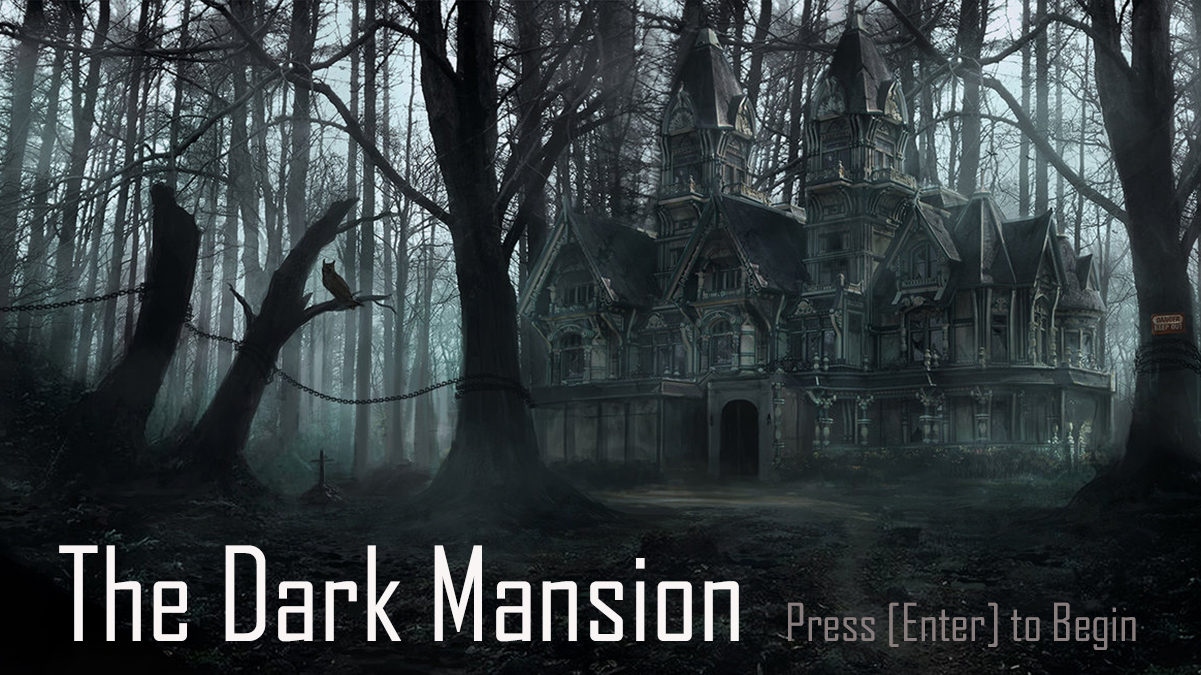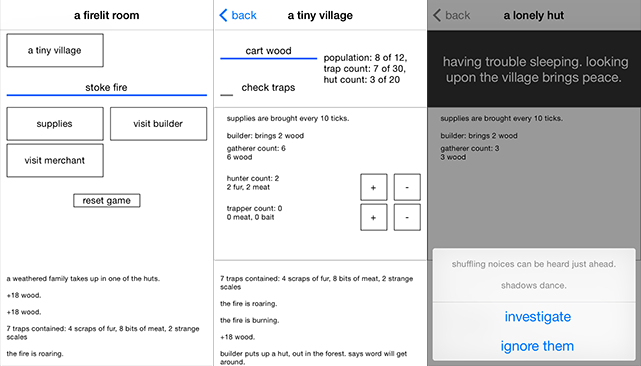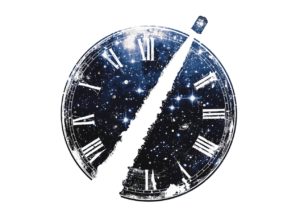The goal for my project was to create an interactive narrative inspired by the video game “Until Dawn”, where the player makes choices that effect the outcome of the character. I wanted to utilize p5.scenemanager to take the user on a journey through different scenes, and to sound effects to certain scenes to enhance the experience. Initially, I wasn’t able to get p5.scenemanager to work, but I ended up figuring out what the problem was. The syntax for scenemanager is a little tricky, but once I was able to understand it, creating the narrative became a little easier. I was able to find images that help the user to visualize the story that I wanted to tell, and I also found background music and sound effects that fit the aesthetic of the images and the story.

“The Dark Mansion” is a fun narrative that takes the user on a journey throughout the interior of a mysterious mansion. The user has to avoid being killed by a dangerous man with an ax, while having to make a few important decisions so make it out alive.

I set out to make an interactive narrative with a variety of endings to the game, and that’s exactly what I ended up with. The narrative might not be as long as I had planned, but I was able to get p5.scenemanger to work and I was also able to add music and other sound effects to specific scenes. I also changed the narrative a bit from when I first wrote it. I made the narrative less wordy, so that the visuals can tell the story. There are 4 different endings that you could potentially get, and if you win, you are able to start the game over again to get a different ending. Overall I am satisfied with what I created. If I had more time, I would make the narrative longer, and I would add more visual/sound effects to make it more interesting. I might even add puzzles that the user has to complete to get a certain ending. My code is on OpenPrecessing:





